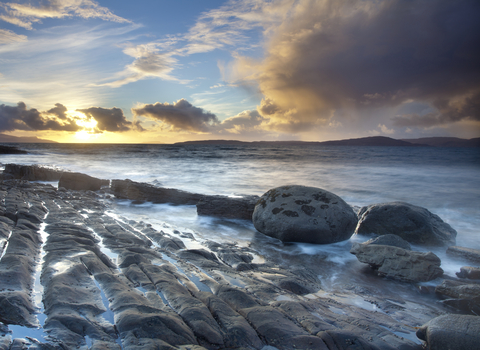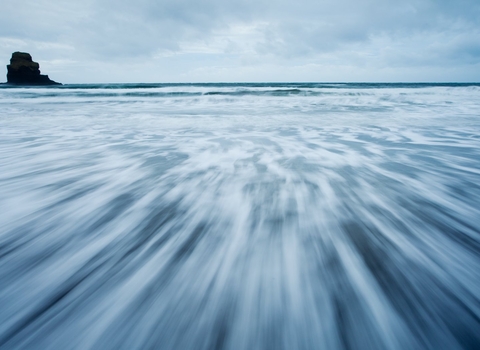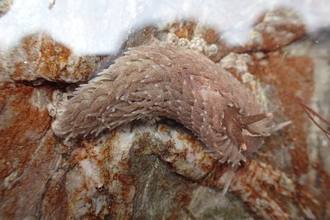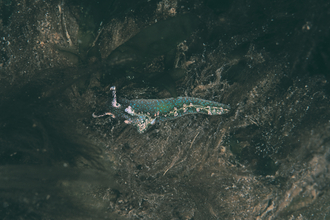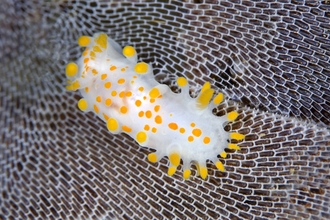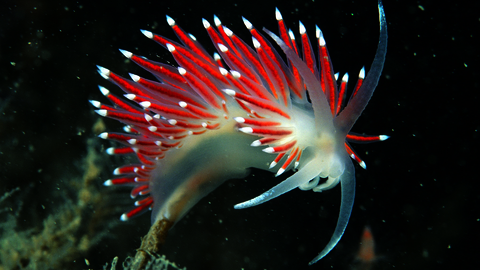
Paul Naylor
Scarlet Lady
Scientific name: Fjordia browni
This brilliant red and white sea slug would make the perfect nudibranch for a Christmas card image or perhaps a football team mascot!
Species information
Category
Statistics
Up to 5cm long.Conservation status
Common.

